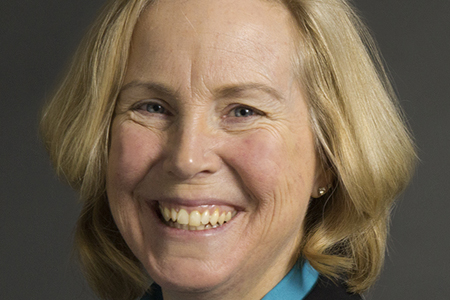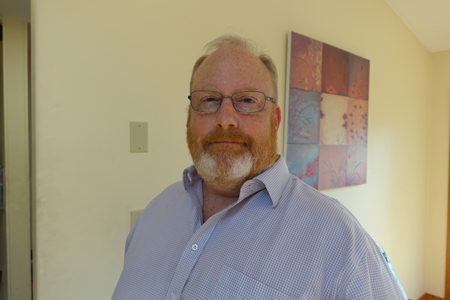Recap Of USP's 8th Annual Bioassay Workshop
By Dr. Maura C. Kibbey, Senior Scientific Fellow, Global Biologics, USP and Dr. Jim Richardson, Senior Science and Standards Liaison in Global Biologics, USP
Identification of suitable bioassay targets, reference standards, and testing small batch sizes are key themes


- The MOA may not be specific to one activity or may be unknown
- It may be difficult to mimic the MOA in vitro when many steps are necessary in vivo for a successful therapeutic (e.g., delivery to the cell, escaping degradation, etc.)
For example, there are products in development for retinal diseases that are injected into the eye to preserve or improve vision. Visual endpoints can demonstrate efficacy but at a molecular level, it can be very difficult to understand what was critical to achieve that result.
Several FDA speakers, including Dr. Steven Oh from FDA’s CBER as well as Dr. Michael Brewer and Dr. Jacob Froehlich from FDA’s CVM, discussed the unique manufacturing challenges that these products face in combination with the lack of reliable reference materials and validated assays that can support these diverse products. Manufacturers were urged to reach out to the FDA early in development for regular discussion so that the development of these methods can be facilitated and addressed early in the process.
Dr. Jim Richardson, USP’s Senior Science and Standards Liaison in Global Biologics, added that, “It is very difficult to conduct comparability studies in CGT in the absence of reference material because it is optimal to do a side by side comparison of old and new lots of product after a manufacturing change. Without validated assays, it is hard to be sure that the observed differences between materials are due to the process change and not within the normal variability of the assay.”
Developers were urged to develop potency assays at early stages in the drug development process so that at licensure sufficient knowledge exists to prove that the assay is relevant to in vivo efficacy. In fact, many of the presenters urged development of multiple bioassays for each therapeutic since some may fail and delay developmental timelines. In some cases, CGT products that meet the requirements for the Regenerative Medicine Advanced Therapy (RMAT) designation have shown promising early clinical results allows for accelerated approval timelines from the FDA. Considering potency assays for a product early in the developmental process can facilitate the timeline if the product moves rapidly through the regulatory pathway. It is difficult to know if your process is in control or where to set specifications without significant experience with the commercial process prior to licensure.This issue is especially acute with autologous cell therapies where the starting material changes with each patient.Standardization of cell procurement and processing procedures can assist in these questions. In addition as the manufacturing process is refined, the material composition may change, so it is important for manufacturers to set aside retains from early lots of material, including raw materials, in order to ensure that future comparability studies can be facilitated.Assays for critical quality attributes (CQAs) should be validated as early as possible, with the understanding that some assays, such as potency, may not be validated until later in the development timeline. In addition to the expectation that a bioassay will be part of the BLA’s chemistry, manufacturing, and controls (CMC) package in some cases, the bioassay may also form the basis for a companion diagnostic, so careful attention to the potency test is critical.
Similarly, it is difficult to link a change in one or more CQAs to a process change without the knowledge that the reference material used has not changed during storage.Short term stability studies should be done as early as feasible and can provide feedback for formulation development.
During the breakout sessions, the attendees discussed some of the challenges related to CGT potency assays. A major issue is the limited availability of materials (e.g., starting materials, reference materials, final product), particularly for gene therapy products.
Another area of debate was how many assays are needed to support functionality and are they all required for the release specification? During development of a viral product, you might want to have a qPCR assay to measure genome titer, a TCID50 assay for infectious titer, in addition to an immunoassay to detect production of the protein encoded within the virus, plus a functional assay demonstrating that the protein actually works. Ideally, you will end up with one assay that covers all these aspects but that is very challenging. In fact, some attendees argued that if other physicochemical tests sufficiently link to efficacy, that the potency test should not be required for the release specification, particularly since the bioassays tend to have the widest variability. If it is difficult to develop a suitable potency assay, yet you have excellent results in the clinic, would you hold-up approval of that CGT product when other assays sufficiently demonstrate your process is in control?
USP is holding another workshop on CMC for Gene Therapy products February 18-19, 2020 in Rockville, MD to continue the discussion on suitable bioassays as well as explore opportunities to resolve issues related to manufacturing and characterization of these products. The workshop will also explore raw materials used in production of CGT. USP is collaborating with industry, regulators, and other standard setting bodies to bring some of these issues to light and provide new standards and solutions to help development of these emerging products. Dr. Maura Kibbey from USP stated, “We encourage subject matter experts in gene therapy to join us in February for an open dialogue to identify which platform methods and standards can be developed to support these products and make a difference for the entire community.”
